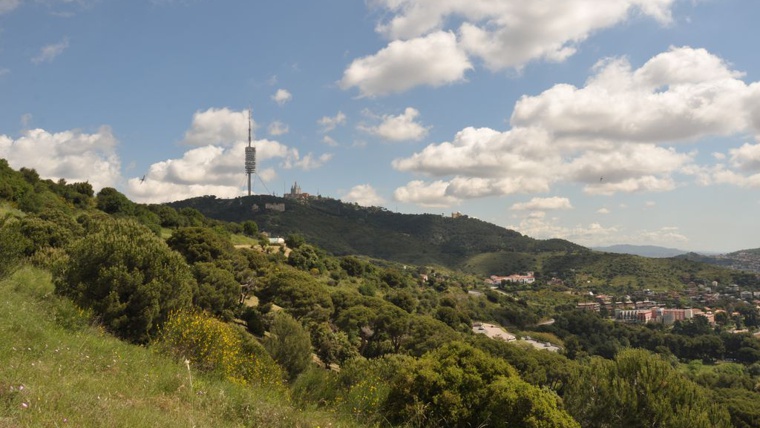
In the case of a dense and compact city such as Barcelona, finding large green spaces is an added difficulty. This lends even more value to the more than 8,000 hectares of Collserola Park. The park’s presence ensures quality of life for Barcelona’s residents but its maintenance poses a challenge.

History
The Collserola range was declared a nature park in November 2010, when the decree declaring the area to be a protected space was published in the The Official Journal of the Generalitat of Catalonia. It is managed by the Collserola Park Consortium.

Landscaping and Design
Collserola offers a large diversity of landscapes. This is partly due to the heavy pressure of human life. Such pressure has given shape to a mosaic of spaces that combines woodland areas with agricultural spaces, meadows, maquis shrubland and so on.
The lay of the land, which covers the city’s entire northern edge, acts as a frontier and marks out the city between two large, natural elements: the sea to the south and the mountain range to the north. This large, longitudinal park, which is what the range represents for Barcelona, has the potential to be a large, green space in contact with the urban network as well as the starting point for a whole series of green corridors that join the city to the sea. A union that can be clearly seen from Montjuïc to the west, but which is feasible from the river Besòs to the east and also from the city centre via several urban parks. These corridors connect spaces running from Parc de la Ciutadella and the seafront’s linear parks up to Parc de les Aigües, Parc del Guinardó, Park Güell and Parc de la Creueta del Coll, to name a few.

